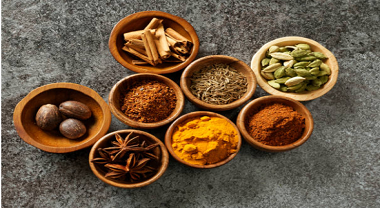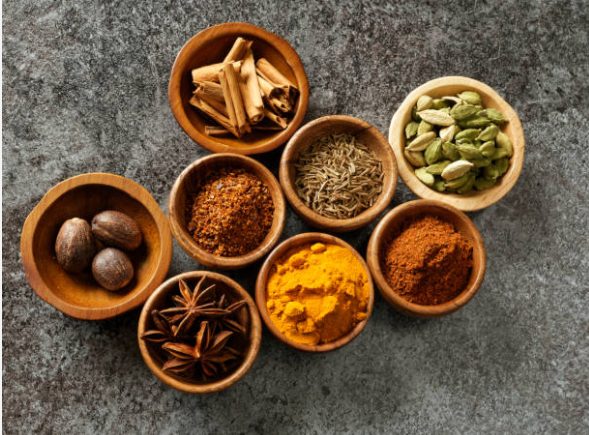Intellectual Property Rights in the Realm of Medicinal Knowledge
The relevance of traditional medicinal knowledge
Traditional medicinal knowledge can be defined as the knowledge, skills, and practices that are based on theories, documentations, and beliefs that are used for the prevention, diagnosis, or treatment of physical ailments by indigenous communities. Most often than not, traditional knowledge pertaining to medicinal treatments is created, preserved, and transmitted within the indigenous community itself. Traditional medicinal knowledge that is fostered by such communities is extremely valuable. Time and again, traditional medicinal knowledge has facilitated the development of modern medicinal research as well. However, traditional medicinal knowledge is susceptible to exploitation, extraction, and commercialization. Indigenous communities are not often armed with legal measures to protect their medicinal systems. As a result, several entities have attempted to exploit the biodiversity and medicinal knowledge that belongs to local communities for commercial purposes. However, the development of IPR related legislature has greatly benefitted indigenous communities and has contributed towards the preservation and protection of traditional medicinal knowledge.
[Image Source: gettyimages]
Protection of traditional medicinal knowledge: An international perspective
Over the years, international forums such as the World Health Organization and the World Trade Organization have expressed their interest to support indigenous communities by protecting their traditional medical knowledge systems. The WIPO Intergovernmental Committee on Intellectual property and Genetic Resources, Traditional Knowledge, and Folklore are currently negotiating upon developing international legal regulations that would attempt to protect traditional medical knowledge systems. Moreover, this committee would attempt to address IP aspects pertaining to the benefit-sharing of genetic resources.
Essentially, the WIPO has divided IP protection pertaining to medical knowledge into two subcategories: positive protection and defensive protection. Positive protection of traditional medicinal knowledge attempts to restrict other entities from obtaining unwarranted and unsanctioned access to traditional medical knowledge systems which may be exploited for commercial purposes, without sharing the benefits with the indigenous community. Positive protection may also include using traditional medical knowledge systems by the originating community itself in order to derive commercial profits out of it. Secondly, defensive protection aims to restrict third parties from obtaining IP rights over traditional medical knowledge systems. Defensive protection strategies may also include documenting traditional medical knowledge systems in order to oppose or invalidate patents that claim inventions which root from such systems.
Additionally, defensive protection measures include initiatives taken by the WIPO, such as inculcating changes to the Patent Cooperation Treaty’s Minimum Documentation as well as the International Patent classification. These initiatives have attempted to prevent patents from being erroneously granted. This is achieved by improving searches for ‘prior art’. Several documentations of traditional medical knowledge systems from repositories such as the Indian Journal of Traditional Knowledge and the Korean Journal of Traditional Knowledge are proposed to be included in the PCT’s minimum documentation. This essentially restricts third parties from attempting to patent medical products or procedures that originally belong to indigenous communities. Traditional knowledge digital libraries are yet another mechanism that is used to provide patent examiners with adequate prior art-related information. In India, the Department of AYUSH and India’s Council of Scientific and Industrial Research (CSIR) has established a traditional knowledge digital library system that consists of existing literature pertaining to Ayurveda, Unani, Siddha, and Yoga.
Sui generis systems to protect traditional medicinal knowledge
Over the years, several countries have implemented sui generis laws in order to legally protect traditional knowledge systems. Sui generis systems include creating guidelines, laws, and measures in order to safeguard traditional medical knowledge. In the past, several countries have implemented sui generis laws in order to protect traditional medical knowledge. For instance, the Thailand Act on Protection and Promotion of Traditional Thai Medicinal Intelligence has attempted to protect formulas of Thai drugs that were created by indigenous communities.
Intellectual Property Rights and Ayurveda
Ayurveda is a system of medicine that originates from the Indian subcontinent. Although the efficacy of Ayurveda as a practice is considered to be pseudoscientific in nature, the system advocates for good health and prevention of health ailments through practices such as massages, yoga, dietary changes, and plant-based medications. Currently, Indian patent laws are rather inchoate when it comes to granting patents for Ayurvedic medicines. On the other hand, the WIPO has time and again encouraged several organizations to explore the commercial benefits that may be derived from Ayurvedic practices. In recent years, there has been a stark increase in the number of patents that are issued for Ayurvedic inventions on a global level.
Cases pertaining to IPR and traditional medical knowledge
Turmeric patent case
In the year 1995, two US-based Indians Suman K. Das and Hari Har P. Cohly were granted a US patent for a process that consisted of using turmeric for wound healing. The claim, as per the patent, elucidated that the application of turmeric on wounds or its oral consumption can considerably expedite wound healing processes. This was claimed to be a novel finding by the applicants. However, the Council of Scientific and Industrial Research (CSIR) noted that there existed over 32 references which implied that the practice of using turmeric for wound healing is a popular, pre-existing practice in India. Subsequently, CSIR requested the USPTO to re-examine the patent application. Upon re-examination, the examiner rejected the claims that were put forth by the applicants. It was noted that the claims mentioned in the application were anticipated and obvious in nature. The turmeric patent case is considered to be a landmark decision in the realm of IPR and traditional medical knowledge. This decision lead to the genesis of Traditional Knowledge Digital Library, Traditional Knowledge Resource Clarification, and the inclusion of traditional knowledge systems in the International Patent Clarification system.
Neem patents: A classic case of biopiracy
In the year 1994, the European Patent Office (EPO) had granted a patent to the US Department of Agriculture (USDA) and WR Grace. The patent comprised of claims pertaining to the fungicidal properties of the neem tree. However, following pressure from the EU Parliament’s Green Party, India-based Research Foundation for Science, Technology, and Ecology as well as the International Federation of Organic Agriculture Movements, the patent was revoked by the EPO in 2002. This revocation was primarily due to India’s plea that the neem tree and its by-products are a part of traditional Indian medical knowledge. Several experts have termed the usage of neem and its by-products for commercial purposes by countries (such as the US or the UK) as biopiracy. Vandana Shiva, an environmental activist, is accredited for leading the biopiracy fight against USDA and WR Grace.
Author: Sanjana, a BBA LLB student of Symbiosis Law School (Hyderabad), in case of any queries please contact/write back to IP And Legal Filings at support@ipandlegalfilings.com.




